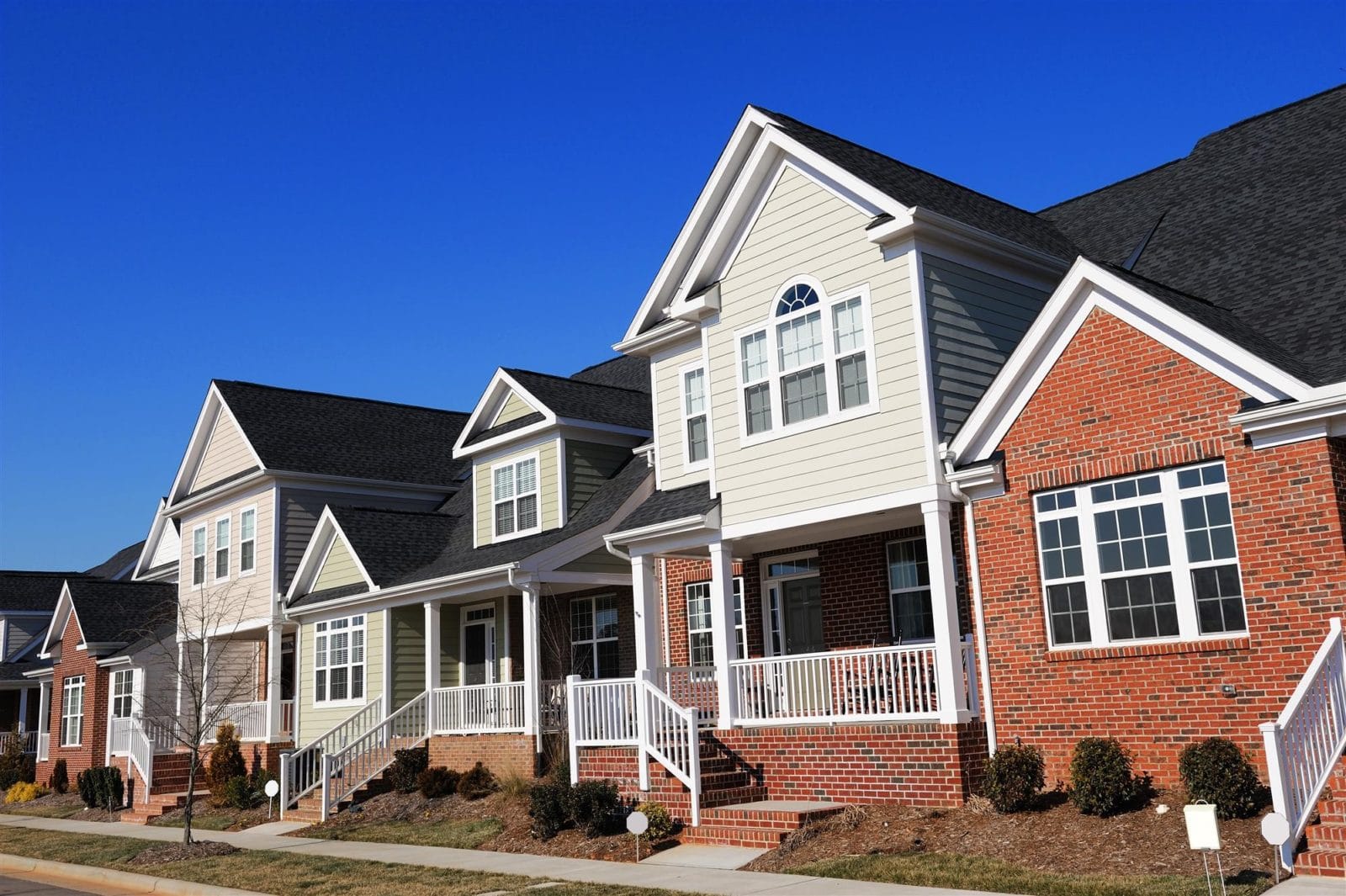
17 Sep Modern Townhouse Color Strategies Designed by painters in Reston, VA
Color choices define the flow and light of your townhouse; when you work with local painters in Reston, they align palettes to complement natural light and structure. Adhere to HOA guidelines and choose durable, low‑VOC finishes to avoid conflicts. Avoid shortcuts in preparation, as poor preparation can lead to peeling and costly repairs. A considered scheme will boost curb appeal and resale value, and you’ll benefit from expert color balancing and finish selection.
Key Takeaways:
- Use a cohesive palette that flows across levels — neutral bases with targeted accent shades to define zones, enhance natural light, and increase perceived space in modern townhouses.
- For exteriors, choose durable, weather-resistant, low-VOC finishes in tones that complement Reston’s landscaping and neighborhood character, thereby boosting curb appeal and complying with HOA standards.
- Local Reston painters offer practical color consultations, on-site test patches, and precise trim/ceiling contrasts to achieve a contemporary look that suits the townhouse scale and lighting conditions.
The Emotional Impact of Color in Townhouse Design
Understanding Color Psychology
You can harness color to shape behavior: cool hues, such as blue and green, promote calmness and focus, while warm hues, like red and orange, increase energy and appetite. In townhouses, favor light-reflective paints (LRV > 60) on main walls to enlarge the perception, and confine saturated tones to 10–20% accent areas, such as a stair riser or entry wall, to direct traffic flow.
How Colors Influence Mood and Perception
Changing a living area from beige to a soft blue-green often quiets visual clutter and makes open plans feel more cohesive. Choose matte or eggshell sheens to reduce glare, and use satin for trim to add clarity. Avoid using saturated reds in bedrooms, as they can overstimulate the sleep cycle. Instead, use bold hues sparingly on an accent wall, cabinetry, or built-in shelving.
Apply the practical 60/30/10 rule: 60% dominant neutral (walls), 30% secondary (larger furnishings or feature walls), 10% accent (trim, artwork). In Reston townhouse updates, painters who shifted to a 60/30/10 palette—soft gray walls, deep navy cabinets, and warm brass accents—reported clients perceived increased depth and comfort without losing natural light.
Key Color Trends for Modern Townhouses in Reston, VA
Popular Neutrals and Their Versatility
You’ll find greige, warm grays, soft whites, and muted taupes dominating Reston townhouses; examples include Benjamin Moore’s Revere Pewter and Sherwin-Williams’ Repose Gray, paired with Simply White trim. Use LRV as a guide—aim for LRV 50–70 in north‑facing rooms to boost light and LRV 30–50 in cozy bedrooms. Designers often combine two to three neutral tones across open plans to maintain flow while highlighting textures, such as oak floors or honed concrete.
Bold Accent Colors that Make a Statement
Deep navy, forest green, terracotta, and mustard inject personality without overwhelming small-townhouse footprints; apply these colors to a front door, kitchen island, or a single feature wall. Follow the 60/30/10 proportion—60% neutral, 30% secondary, 10% accent—and avoid painting all four walls in an intense hue so spaces stay balanced and resale‑friendly.
For greater impact, consider combining specific pairings, such as Sherwin-Williams Naval (SW 6244) with Repose Gray, or Benjamin Moore Hale Navy with Simply White trim on millwork. Use satin or semi-gloss on high-touch accents for durability, and matte on large areas to conceal imperfections. In a recent Reston project, painters applied forest green to a pantry door and a kitchen island, enhancing perceived depth and creating a focal point without altering the footprint—an approach that can be replicated in halls, stairwells, or built-ins for dramatic yet controlled contrast.
Harmonizing Interior and Exterior Color Schemes
Bridging the Gap: Cohesive Design Strategies
Link the foyer palette to the front facade by repeating one accent hue across the front door, interior entry wall, and a key trim element to create flow. Use the 60-30-10 rule—dominant wall, secondary material, and a strong accent—to maintain balance in narrow townhouse plans. Pair a matte interior with a durable exterior finish for a seamless look. Assume that you test swatches under both morning and evening light, both on the interior and exterior.
- Modern townhouse
- Cohesive color
- 60-30-10 rule
- Accent door
- Trim continuity
Factors Influencing Exterior Color Choices
Account for sun exposure, local building material (brick, fiber cement, vinyl), and HOA guidelines when selecting exterior pigments; north-facing facades look darker and coastal-facing surfaces fade faster in Reston’s summer sun. Select paint with mildew resistance and a suitable sheen for trim to maintain its curb appeal. Assume that you prioritize durable, low-VOC finishes that are suited to your façade.
- Sun exposure
- Building material
- HOA guidelines
- Curb appeal
- Durable finishes
North- and east-facing elevations typically require higher-pigment formulas because they receive less direct light; specify paints with LRV ratings—aim for LRV >50 for light schemes and <30 for deep accents—to predict visual weight from the street. Select a mildew-resistant acrylic latex for Reston’s humidity and apply 12 “x12” sample swatches on each material, observing over 48–72 hours to catch metamerism and glare differences. Assume that you document the chosen codes and swatch photos before painting.
- LRV
- Mildew-resistant
- 12″x12″ swatches
- Reston painters
- Metamerism
Seasonal Color Strategies: Adapting to the Virginia Climate
Inviting Brightness in Winter Months
Choose warmer neutrals and sun-reflective finishes to offset the shorter days and average January lows of around 26°F (-3°C) in Reston. You can enhance perceived warmth with a soft cream or warm gray at an LRV of 60–85, paired with muted tan trim; this combination raises interior daylight reflectance and prevents facades from appearing flat under low-angle winter sun.
Cooling Shades for Hot Summers
Opt for cooler mid-tone grays, soft blues, or pale greens with an LRV of 40–70 to reduce heat gain during July highs of around 87°F (30.5°C). These tones reflect more sunlight than dark colors, thereby reducing surface temperatures on south- and west-facing walls.
Prioritize paint systems labeled for exterior use with UV inhibitors and 100% acrylic binders to minimize fading under intense summer sun. Specify primers and topcoats with higher reflectance for roofs and siding exposed to more than 5 hours of direct sun. Test a 2’×2′ sample on the most sun-exposed elevation and monitor fading and heat buildup over 30–90 days—professional painters in Reston commonly see noticeable temperature differences and slower pigment degradation when switching from dark charcoal to a cool taupe or pale blue with the recommended LRV and UV-stable formulation.
The Role of Natural Light in Color Selection
Maximizing Sunlight Exposure with Color
Choose paints with a high Light Reflectance Value (LRV) to boost daylight. Aim for an LRV of 65–85 in narrow halls or north-facing rooms, and an LRV of 50–70 for living areas. Warm undertones (2700–3500K-equivalent lighting) make cool natural light feel inviting, while crisp whites with LRV 80+ can increase perceived brightness without glare. In Reston projects, painters often specify LRV values on mock-ups to ensure daytime performance before full application.
Adjusting Color Choices Based on View and Orientation
South-facing rooms can tolerate saturated pigments because the midday sun balances strong hues; choose an LRV of 20–40 for dramatic accent walls. East-facing spaces get soft morning sun, so mid-tone pastels (LRV 40–60) retain depth without washing out. West-facing exposures deliver hot afternoon light that accelerates fading—select lower-chroma finishes and UV-resistant topcoats to protect color longevity.
Apply swatches at the actual viewing times—test at 9 AM, noon, and 4 PM to catch chromatic shifts. For north-facing rooms, painters often add a warm undertone (LRV 55–75) to counteract cool daylight; for south or west-facing views, specify semi-gloss trim (which improves light bounce) and exterior-grade pigments with UV inhibitors. You can also orient darker accent walls toward the view to frame scenery without overpowering interior balance.
Collaborating with Painters: Essentials for Successful Execution
Choosing the Right Professional Painters in Reston
Verify active business registration and ask for proof of general liability and workers’ comp insurance, then review at least three Reston-area references with comparable townhouses completed in the last 24 months. Request a portfolio showcasing HOA-approved color changes and plaster/trim repairs. Confirm that painters have a minimum of 3–5 years of experience working on exterior townhouses. Obtain a detailed, written estimate that includes preparation, products (including brand and sheen), timeline, and warranty terms.
Communicating Your Vision: How to Get It Right
Use physical samples rather than screenshots: apply full-strength and 50% tint patches of each color in sun and shade on multiple elevations, photograph them at midday and dusk, and observe for 3–5 days before making a decision. Provide painters’ exact color codes (e.g., Benjamin Moore HC-xxx), preferred sheen for each surface, and a concise visual reference folder of trim, shutter, and door contrasts to avoid mismatched expectations.
Formalize expectations in the contract by including a project timeline with milestones, a clear payment schedule (e.g., 30% deposit, 40% mid-project, 30% upon signed punch-list), and defined acceptance criteria, such as adhesion tests, uniform sheen, and no visible drip lines. Arrange an HOA and Fairfax County permit check if required, and request lead-paint testing for homes built before 1978. Use 12 “x12” test panels in high-visibility areas and record results; log change orders by date and photo, correspond by email, and secure a written warranty (typically 1–5 years) that specifies coverage for peeling, premature fading, and workmanship before final payment.
Color Maintenance: Ensuring Longevity and Freshness
Best Practices for Painting and Care
You should use high-quality acrylic latex with at least 30-year fade resistance on exterior siding, and select a semi-gloss finish or trim and doors to make cleaning simple. Clean painted walls every 3–6 months with a pH-neutral cleaner and blot stains instead of scrubbing. Maintain indoor humidity between 35% and 50% to prevent peeling and mold growth. Store labeled touch-up paint and address chips within 48 hours. For homes built before 1978, hire lead-safe certified contractors to avoid health hazards.
Recognizing When to Refresh Your Color Palette
Look for fading, chalky residue, or darkening. Exterior siding typically needs attention every 7–10 years, while trim requires attention every 5–7 years. High-traffic interiors, such as hallways or kitchens, often require repainting every 3–5 years. If you notice color shifts under seasonal light or uneven gloss across surfaces, plan a refresh. A change in room function, such as converting a nursery into an office, typically requires a new color palette. Keep a photo log over 12–24 months to track true color aging.
Test before committing by applying 4×4 sample swatches and observing them morning, noon, and evening for 7 days to judge undertones and fading. If you find powder transfers when you run your hand across the surface, the paint has degraded, and areas exceeding roughly 25% wear generally need a full repaint rather than spot fixes. Use touch-ups for isolated chips; opt for a full-room refresh when stains, mildew, or widespread gloss loss affect appearance and resale appeal.
The Future of Townhouse Color Schemes: Trends on the Horizon
Eco-Friendly Painting Innovations
You can specify zero-VOC and low-VOC paints (zero-VOC often means <5 g/L) along with GreenGuard or Green Seal certified products to cut indoor emissions; professional crews in Reston increasingly use plant-based binders, recycled-pigment tints, and recyclable packaging. Contractors also pair waterborne primers with limewash and mineral finishes to enhance breathability in older townhouse masonry, thereby reducing reliance on solvent-based coatings that can harm indoor air quality.
Emerging Color Palettes Influenced by Technology
Expect palettes that react to lighting and apps: tunable LEDs (2700–6500K) adjust the perceived warmth, while AR visualization tools and spectrophotometer-matched samples enable you to preview paints under various lighting conditions. Designers favor pearlescent mica accents and subtle iridescent finishes that interact with directional LED strips or smart glass, creating dynamic accent walls that transition from warm to cool as your lighting adjusts—allowing your space to evolve without repainting.
Specific palettes moving forward will combine adaptive neutrals, such as cool gray #9AA0A6, with digital blues (#3B6EA0) and moss greens (#3A6B35) for living areas, along with muted magenta or copper accents for focal points. You can test swatches with AR apps under 2700K and 6500K to see the shifts. Field-tested strategies employed by local painters include pairing a pearlescent accent panel with tunable cove lighting and creating a digital proof palette file for future matching, ensuring consistent results across renovations.
Conclusion
You can use balanced neutral palettes, accent trims, and layered textures to create a cohesive and spacious feel in your modern townhouse. Painters in Reston, VA, tailor color temperature, contrast, and finish to your architecture and lighting, guiding choices that boost curb appeal and resale value while reflecting your lifestyle.
FAQ
Q: How do painters in Reston, VA choose exterior color palettes for modern townhouses?
A: Painters start by assessing the architecture, neighborhood covenants, and the local climate. They favor palettes that balance durability and curb appeal—muted neutrals (greys, greiges, warm beiges) as primary fields with deeper accents (navy, charcoal, forest green) for doors, shutters, or trim. Finish and sheen selections account for UV exposure and moisture: high-quality acrylic latex with satin or semi-gloss trim resists fading and is easy to clean. Painters also test full-size swatches on different elevations to see how colors appear in morning and evening light before making a final selection.
Q: What interior color strategies do Reston painters recommend for modern townhouse layouts?
A: For open-plan townhouses, they recommend a cohesive flow: one neutral base color throughout common areas to unify sightlines, with varied undertones (warm or cool) to complement flooring and cabinetry. Accent colors can define zones—such as dining, entry, or a stairwell—using deeper or textured treatments. Painters recommend coordinating trim and ceiling colors to enhance the appearance of ceiling height and natural light, using soft whites for the ceiling and a slightly richer trim for added contrast. Sheen choices favor eggshell for walls and semi-gloss for high-touch trim and doors.
Q: How do local HOAs and architectural styles in Reston affect color choices and project planning?
A: Many Reston townhouses fall under HOA guidelines that restrict certain color families and require approval for changes. Painters experienced in the area will review HOA rules, submit proposed palettes, and provide color mockups or sample boards to speed approval. They also align choices with prevailing architectural styles—modern townhouses often suit minimalist, two- or three-tone schemes that respect uniformity while allowing for subtle personalization, such as a bold door color or metal accent.
Q: What practical maintenance and product recommendations do painters in Reston provide for townhouse exteriors?
A: Painters recommend 100% acrylic exterior paints with mildew-resistant additives and UV inhibitors, and premium primers compatible with substrate (vinyl, fiber cement, brick). They suggest satin or semi-gloss for trim to simplify cleaning, and flat or low-sheen for large wall fields to hide surface imperfections. Routine maintenance includes power-washing every 2–4 years, touch-ups in high-traffic areas, and inspecting caulking annually. Climate-aware scheduling—painting during mild, low-humidity windows in spring or fall—improves adhesion and drying.
Q: How do painters help homeowners visualize color choices before committing to a full townhouse repaint?
A: Painters use multiple visualization tools: physical swatches applied on exterior and interior walls, large sample panels viewed at different times of day, and digital renderings showing proposed palettes on the actual façade. Many offer color consultations that take into account factors such as light, landscaping, and neighboring units. For specific examples and portfolio work in Reston, painters often direct homeowners to project galleries such as https://homeworkspainting.com/ for reference and inspiration.

Mike Katounas is the owner of Home Works Painting, a painting business in Northern Virginia. He has over 15 years of experience in residential interior and exterior painting, drywall installation/repair, carpentry, wallpaper removal, power washing, commercial painting, color consultation, and staining/sealing. Their service areas include Chantilly, Fairfax, Herndon, Oakton, Reston. Mike takes pride in his work, and he always follows a strict code of conduct that includes the use of quality paint, a clean workspace, and an honest, respectful approach to his customers.
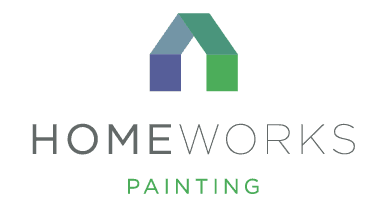




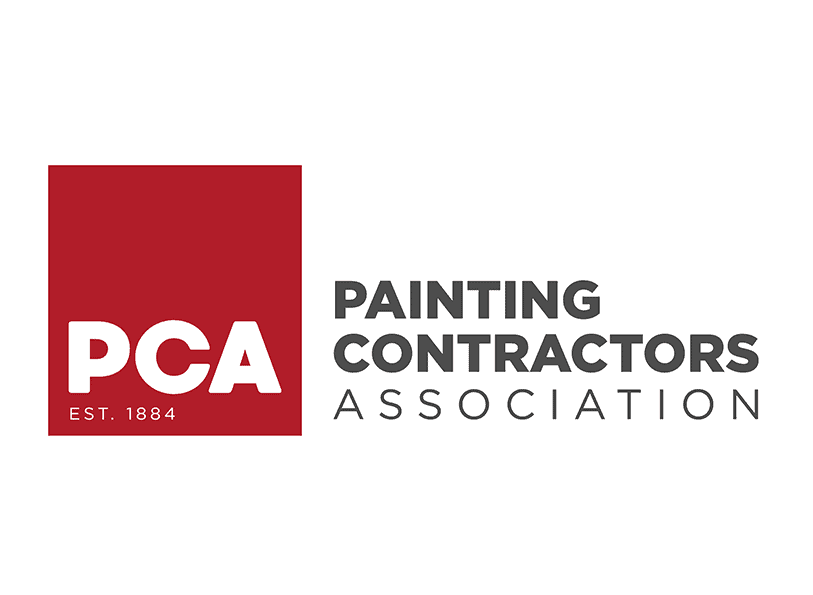



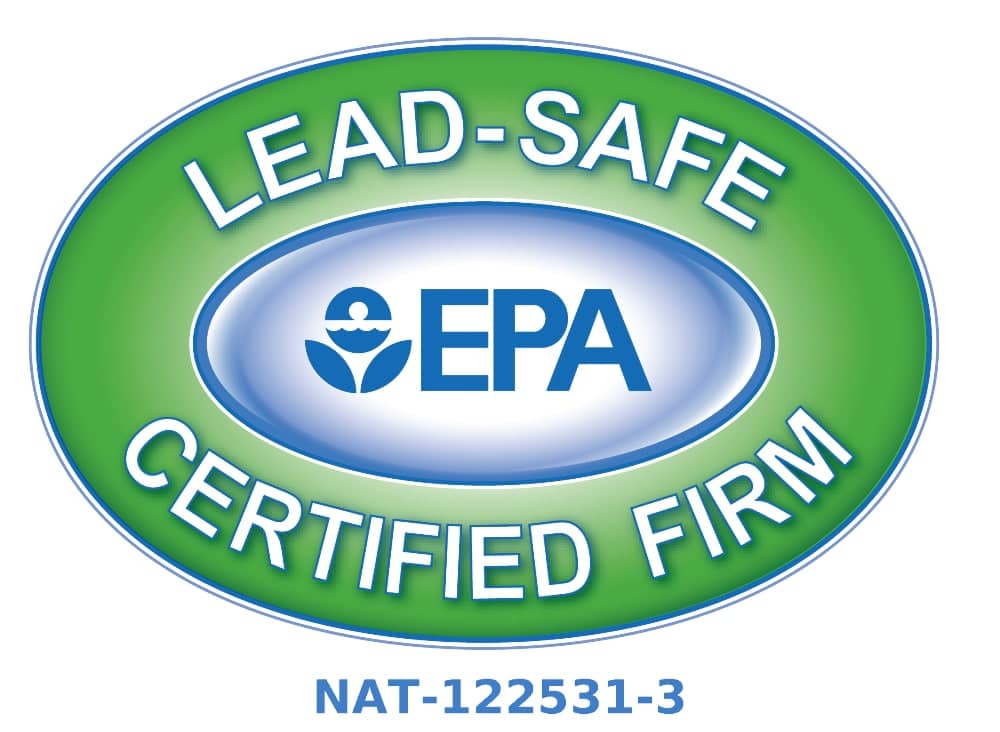
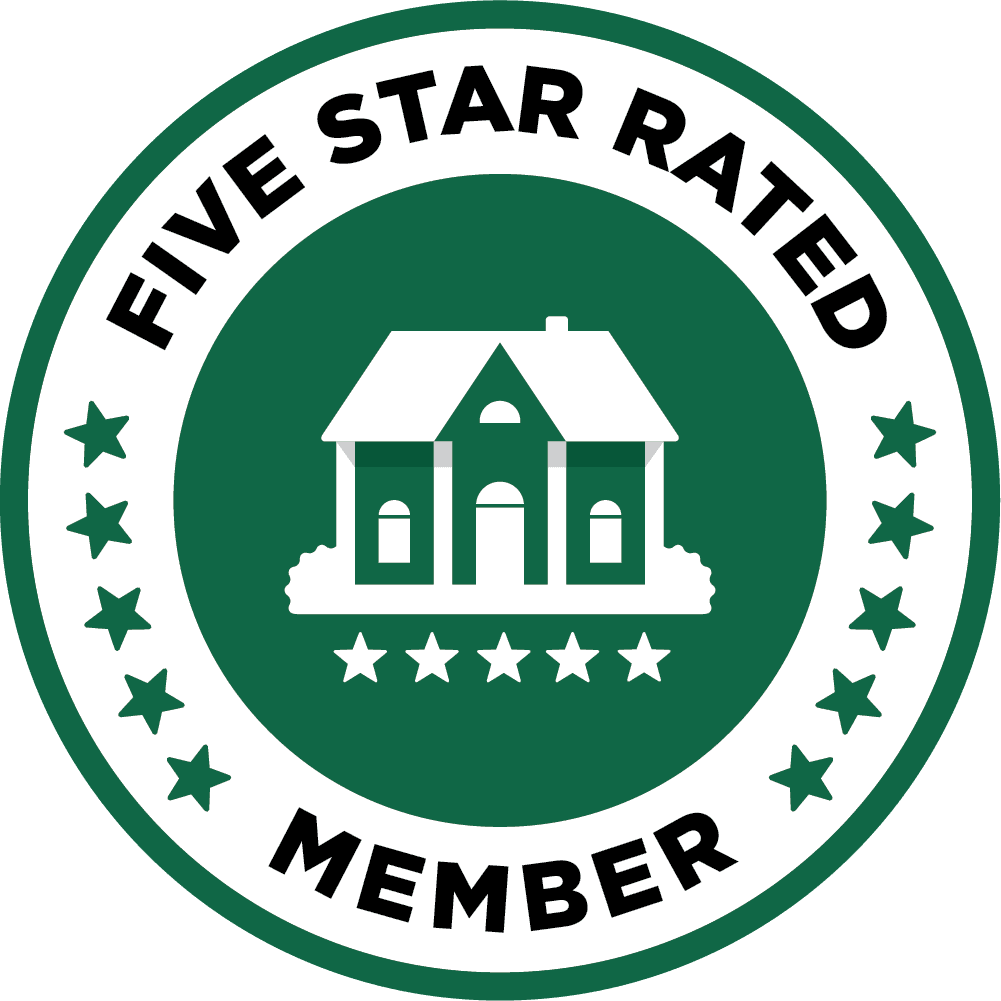

Sorry, the comment form is closed at this time.